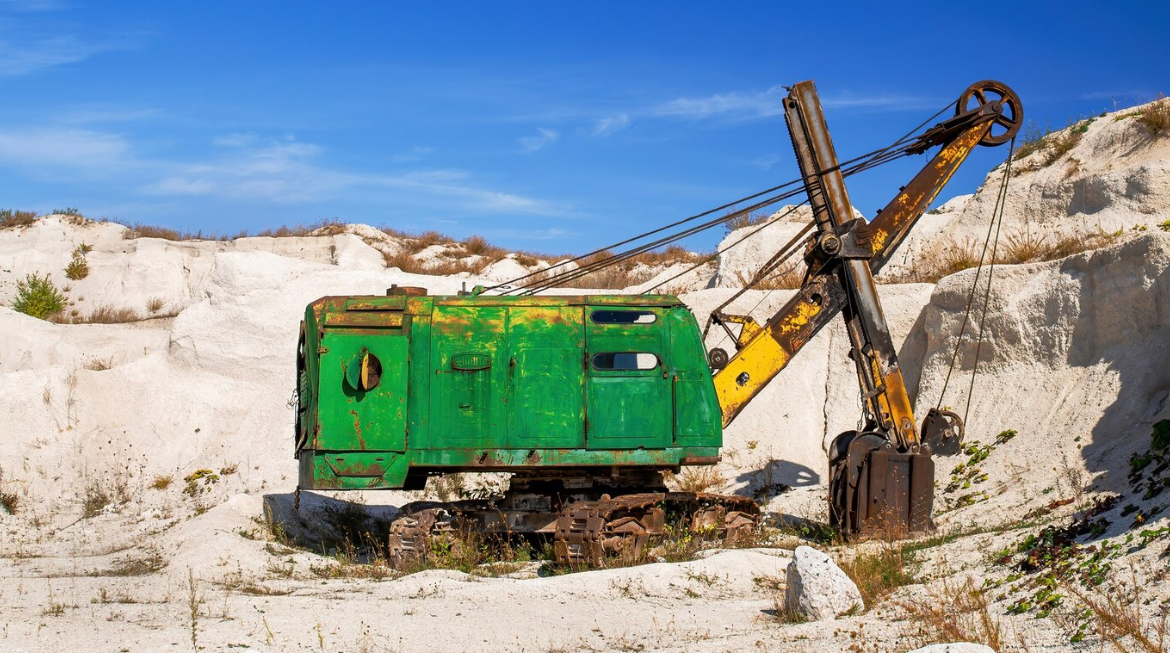The mining industry operates some of the largest and most powerful mobile equipment in the world, with haul trucks carrying 400-ton loads and excavators moving thousands of cubic yards of material daily. These massive machines work in extremely harsh environments where equipment failure can shut down entire operations and compromise worker safety. The specialized lubrication requirements for mining equipment demand products that can protect components under extreme loads, contaminated conditions, and temperature variations while providing the extended service intervals necessary for remote operation sites. Kernow Oils provides comprehensive lubrication solutions specifically engineered for the demanding requirements of mining operations.
Haul truck operations represent some of the most challenging applications in mobile equipment lubrication. These vehicles carry enormous loads over rough terrain while operating continuously in dusty, contaminated environments. Engine oils must provide exceptional protection against wear while maintaining viscosity under extreme temperatures and contamination from airborne dust. Transmission and differential lubricants must handle massive torque loads while resisting contamination from water and abrasive particles that can penetrate sealing systems.
Open pit mining exposes equipment to temperature extremes that can exceed 50°C between summer and winter conditions, or even between day and night operations in desert environments. Mining equipment must start reliably in sub-zero temperatures while providing full protection when ambient temperatures exceed 40°C. These temperature variations require lubricants with exceptional viscosity-temperature characteristics and thermal stability to maintain protection across wide operating ranges.
Underground mining creates additional challenges through confined spaces, poor ventilation, and potential exposure to corrosive groundwater or process chemicals. Ventilation limitations may create high ambient temperatures in equipment operating areas, while moisture infiltration can accelerate corrosion and lubricant degradation. Equipment operating underground often requires fire-resistant hydraulic fluids and specialized ventilation considerations that influence lubricant selection.
Contamination control becomes particularly challenging in mining environments due to omnipresent dust, water infiltration, and general environmental contamination. Abrasive particles that enter lubrication systems can cause catastrophic wear damage in minutes if not properly controlled. Effective filtration systems, contamination-resistant sealing, and lubricants with superior contamination tolerance become essential for maintaining equipment reliability in these challenging conditions.
The economic impact of equipment failure in mining operations extends far beyond repair costs to include lost production from expensive equipment sitting idle. Modern mining operations often involve hundreds of millions of dollars in capital equipment, making reliability crucial for maintaining profitability. The cost differential between premium lubricants and conventional products becomes insignificant compared to the potential costs of equipment failure and production delays.
Remote location challenges common in mining operations make reliable equipment performance even more critical due to limited access to repair facilities and replacement parts. Many mining sites operate hundreds of miles from major service centers, making emergency repairs extremely expensive and time-consuming. Extended equipment life through proper lubrication becomes essential for minimizing emergency service requirements and maintaining production schedules.
Environmental considerations have gained prominence in mining operations due to regulatory requirements and corporate responsibility initiatives. Biodegradable hydraulic fluids help minimize environmental impact from the inevitable leaks and spills that occur in heavy equipment operations. Extended drain intervals reduce waste oil generation and disposal requirements, contributing to improved environmental performance while reducing operational costs.
As mining equipment continues evolving toward greater automation, larger scale, and improved efficiency, lubrication requirements will become increasingly demanding. Autonomous haul trucks, larger excavators, and more sophisticated control systems all require enhanced reliability from the mechanical systems they depend upon. This evolution emphasizes the importance of partnering with lubricant suppliers who understand the unique challenges of mining operations and can provide both products and technical support optimized for these demanding applications.
For more information on mining equipment reliability, visit the Society for Mining, Metallurgy & Exploration or explore resources from the International Mining Magazine.


